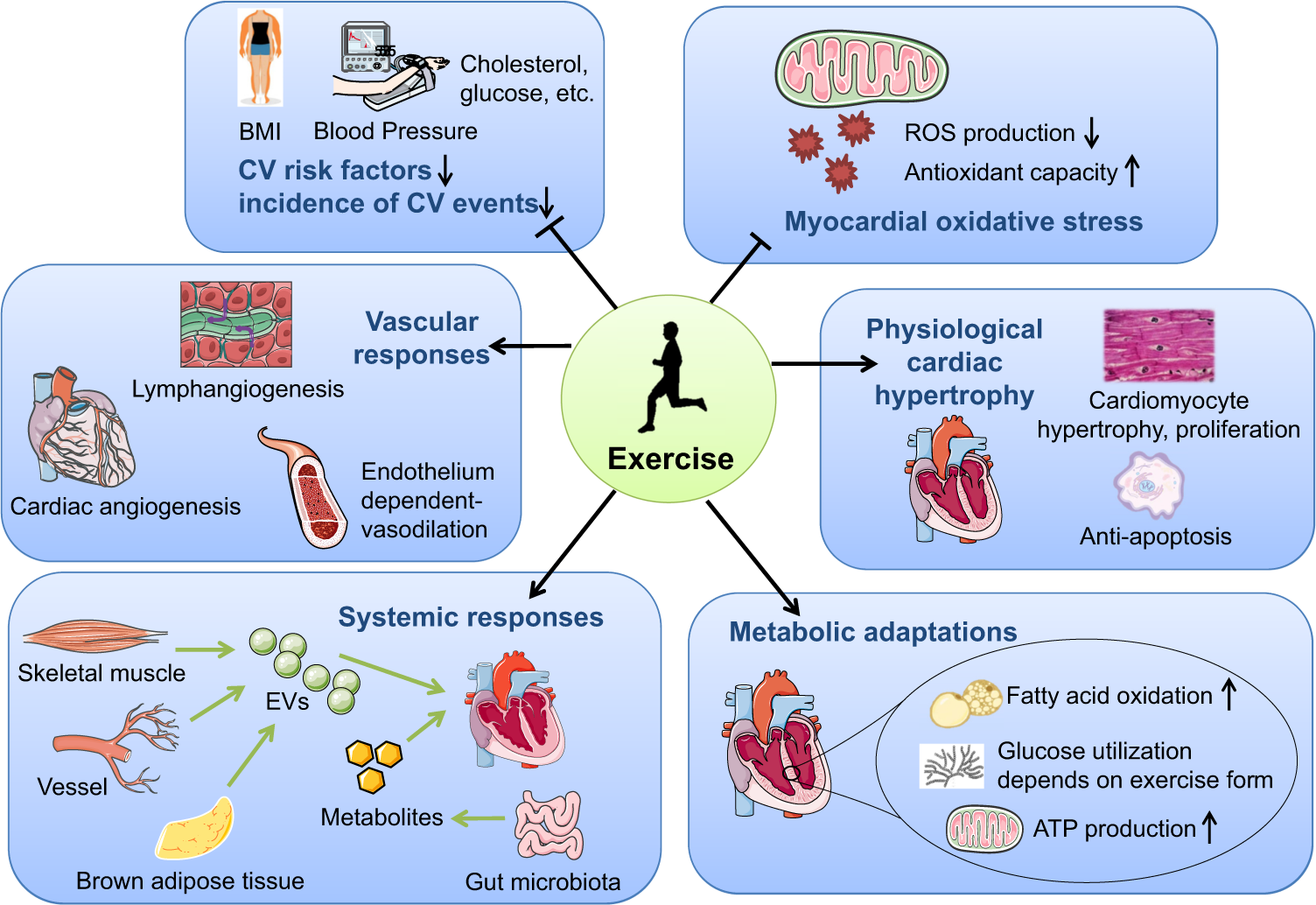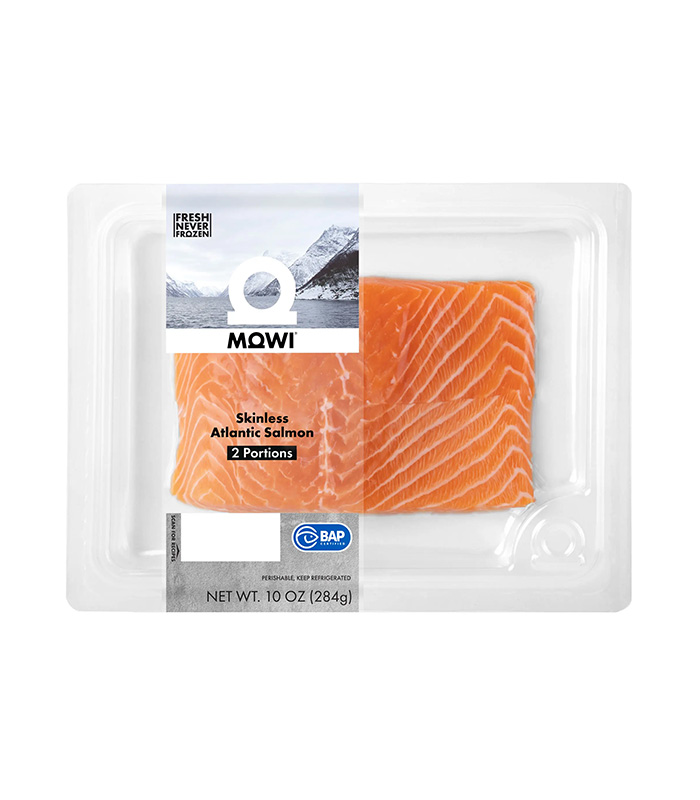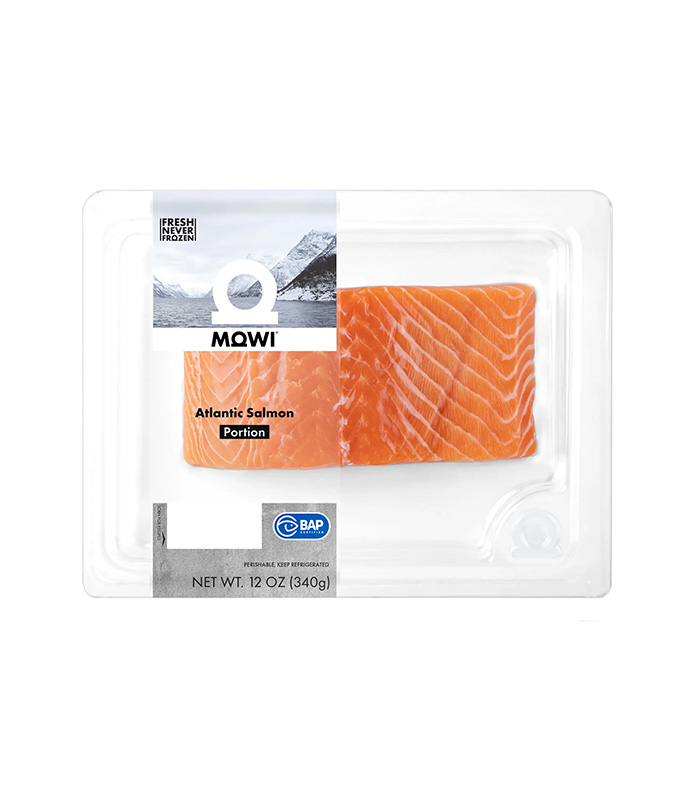Essential Baseline Tests for Cardiovascular & Metabolic Health

Conducted in hospital-grade laboratories with certified equipment, these tests form the foundation of preventive care:
- Blood Pressure Monitoring
- Why: Hypertension contributes to 62% of strokes and 49% of heart attacks globally.
- Target: Maintain <120/80 mmHg.
- Lipid Profile
- Tests: Total cholesterol, LDL, HDL, triglycerides.
- Risk Threshold: LDL >130 mg/dL increases atherosclerosis risk.
- HbA1c & Fasting Glucose
- Purpose: Diagnose prediabetes (HbA1c 5.7–6.4%) or diabetes (≥6.5%).
- Kidney Function Tests
- Tests: Serum creatinine, eGFR, urine albumin.
- Rationale: Chronic kidney disease prevalence rose from 9.2% (2011) to 14.2% (2021) in the U.S., linked to CVD progression.
- Inflammatory Markers
- CRP (C-reactive protein): Levels >3 mg/L indicate elevated inflammation, correlating with heart disease.
- Electrocardiogram (ECG)
- Use: Detect arrhythmias, ischemic changes, or prior silent heart attacks.
- Body Composition Analysis
- BMI & Waist Circumference: BMI ≥30 (obesity) reduces life expectancy by 2.4 years.
The Critical Role of Medical Expertise
https://www.facebook.com/share/r/1CSZQhPDuU/
Interpreting these tests requires clinical context to avoid misdiagnosis. For example:
- Hypertension Control: Only 50% of hypertensive adults meet treatment targets, necessitating tailored plans.
- Lifestyle-Disease Links: A 2025 Dietary Guidelines Advisory Committee highlighted plant-based diets and reduced processed foods to curb diabetes and obesity.
Hospital Standards: Non-Negotiable for Accuracy
Testing in accredited facilities ensures:
- Precision: Advanced tools like mass spectrometers for lipid panels reduce variability.
- Safety: Compliance with CDC and WHO protocols for infectious disease control.
- Integrated Care: Coordination between cardiologists, nephrologists, and dietitians for holistic risk management.
Current Statistics Underscoring Urgency
- Daily CVD Deaths: ~2,500 in the U.S. (1 death every 34 seconds).
- Global Burden: 17.9 million annual CVD deaths (32% of all deaths).
- Economic Impact: Projected 300% rise in U.S. CVD healthcare costs by 2050.
Conclusion: Act Now, Test Smart
A baseline health profile is not a luxury—it’s a lifesaving tool. For those over 35 or symptomatic, annual screenings in high-standard hospitals are critical. Partner with your primary care provider to interpret results and design interventions (e.g., dietary changes, medication, stress management). As the WHO emphasizes, 80% of CVDs are preventable—early action is the key.
“Your lab work tells the story your body whispers—listen before it screams.” – Adapted from Dr. Allega, Centra Health.
Sources: American Heart Association 2025 Report [1], WHO [3], Healthy People 2020 ,Centra Health










